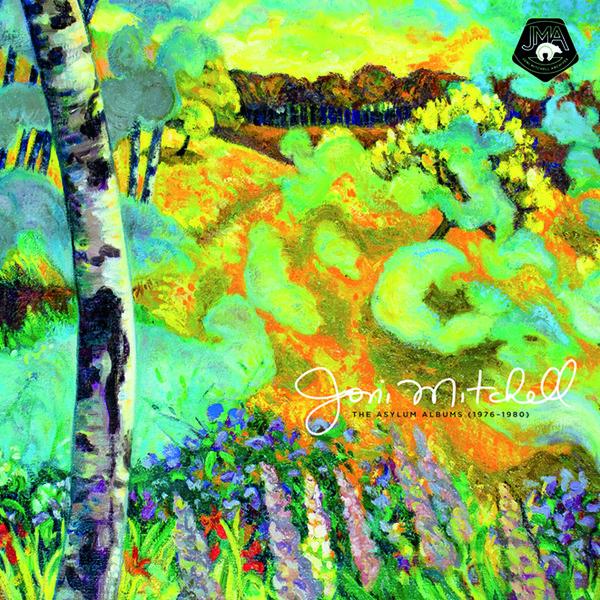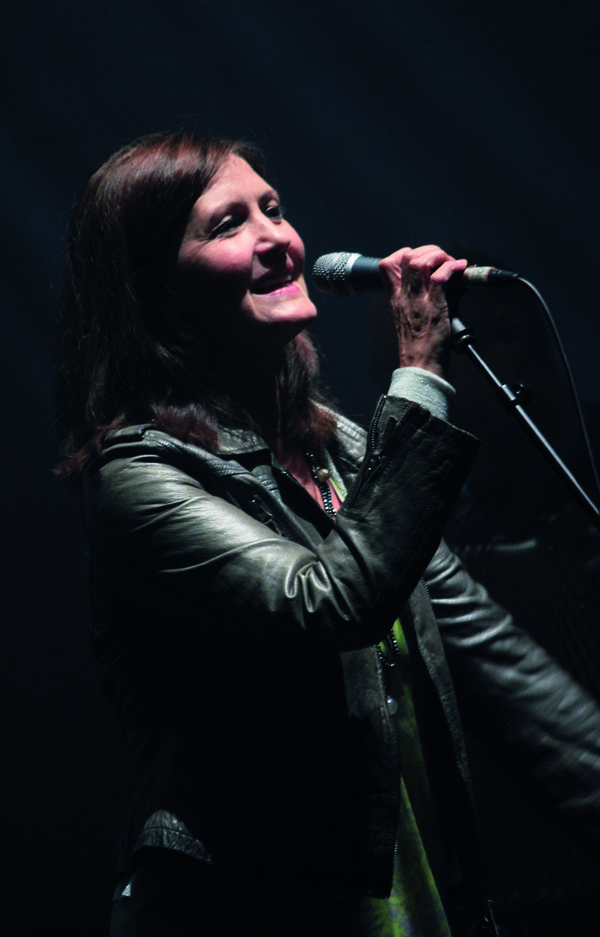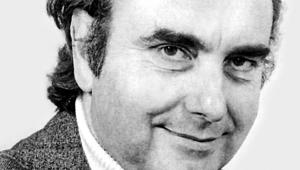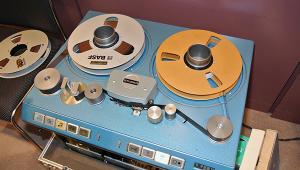Time Is Of The Essence

Afew days ago I decided to listen to a CD that I'd not played in ages. The impact was almost immediate. I'd intended to have it as pleasing background music while I did some work in the kitchen, but after a few bars of music - time stopped! Totally captured by the sheer beauty of the sound, I just stood and listened, unable to do anything else. And this was in a room where there was no stereo imaging as such, and the acoustics of which would never be accepted as a good listening environment for hi-fi sound.

Karen Matheson, lead singer with the Scottish group Capercaillie, on stage in 2013
Waving A Wand
Okay, I was listening via a pair of LS3/5As, which can provide a great sound, but they were mounted high on a wall above a door and a window at each end of a long kitchen in which sound can bounce around. The CD was of songs by the Scottish group Capercaillie and the singing by Karen Matheson, which I found absolutely beautiful, entrancing and wonderful. Dinner was a bit late that day, but I enjoyed making it more than usual.
A few days later I had a similar experience, this time when playing an old video of an interview with Kiri Te Kanawa when she was at the top of her game. This was illustrated by a series of arias she'd performed. Again, the result was as if someone had waved a magic wand, time seeming to stop as I simply listened to the sheer beauty of the sound. A few days later I received a copy of the new 4CD boxset of Joni Mitchell's The Asylum Albums (1976-1980). Again, I was mentally transported out of the present day. In each case, the performances short-circuited the time between when the recordings were made and when I was listening.
These experiences left me wondering just how long might modern recordings of musical performances endure and communicate their emotion to later generations? The earliest recordings of music were often of poor quality, and housed on delicate media like cylinders made from easily damaged materials such as thin metal or wax. Early '78s' were made using materials that became damaged when played with steel needles on acoustic gramophones. But modern digital media and data coding techniques may well prove far more durable.
A pressed audio CD has the potential to last a very long time, with no wear caused by playing. On top of that, many songs are duplicated on thousands - or sometimes millions - of CDs. Similarly, digital files stored on one computer or device may get lost or fail. But a popular recording may exist as multiple copies on many devices and backup systems.
So the failure of one storage device, or the destruction/wiping of one file, may not mean that music is completely lost. Only one copy needs to survive in a readable form somewhere for that then to be found and duplicated again for future hearing - keeping the music available for those with an interest.
Of course - as every engineer and physicist knows - entropy rules! That is, everything will tend to decay, wear out, or fail given enough time and environmental exposure. But against that engineers have developed amazing ways to 'read the runes' trapped within objects degraded by the wear and tear of centuries or millennia.
Discs To Discover
We now live in an age when scientists have been able to read ancient texts whose pages have become fused together, are too fragile to part, or have ink so faded that it has become invisible to the human eye. But they are now readable by modern 3D scanning and image processing technology.
So even when our modern societies have long gone, someone may be able to recover music from some ancient discs which, to us, seem hopelessly degraded. And then they can enjoy the same experience as we have when they hear our long distant songs. For them, also, time will have been frozen.






















































